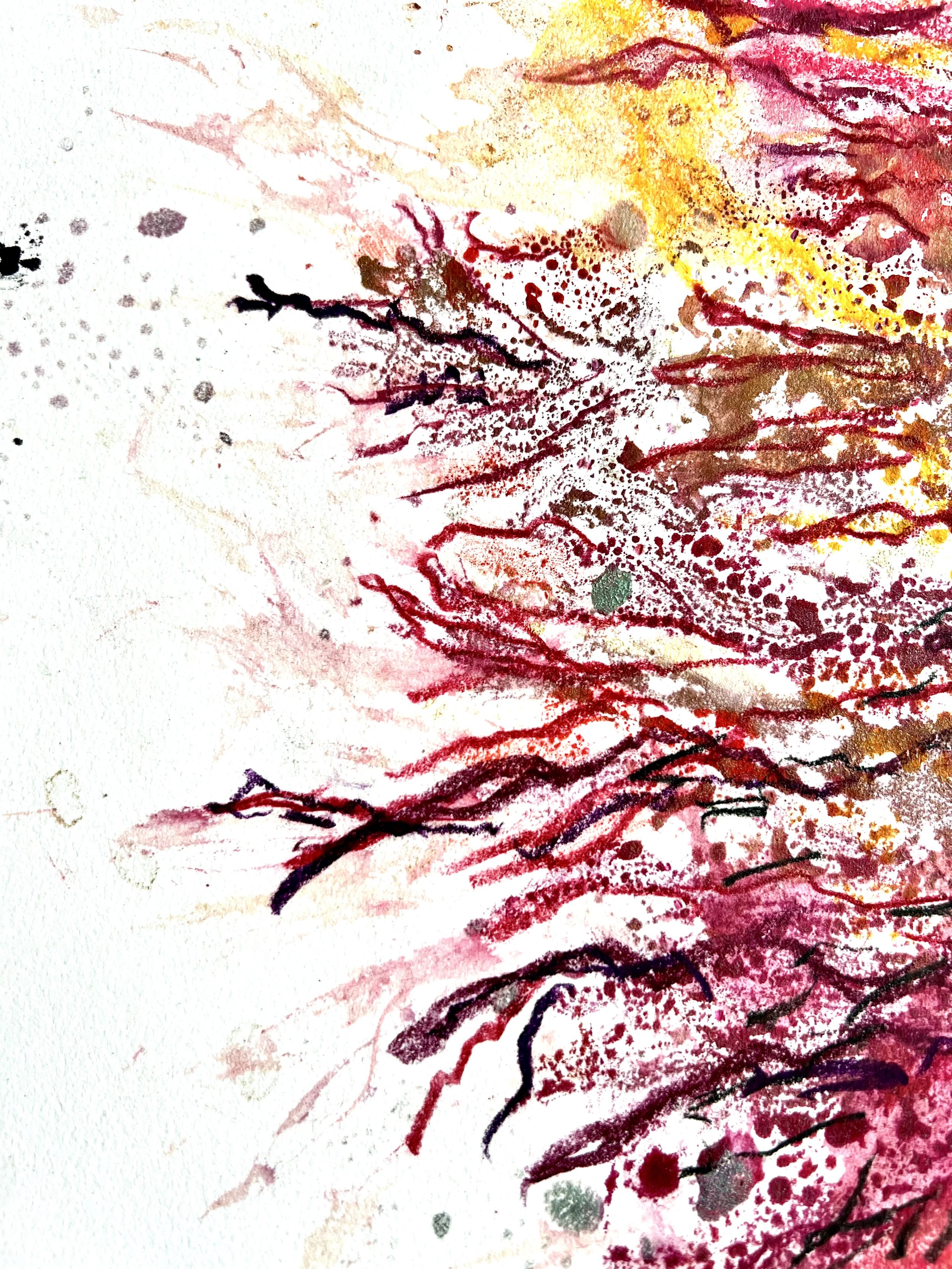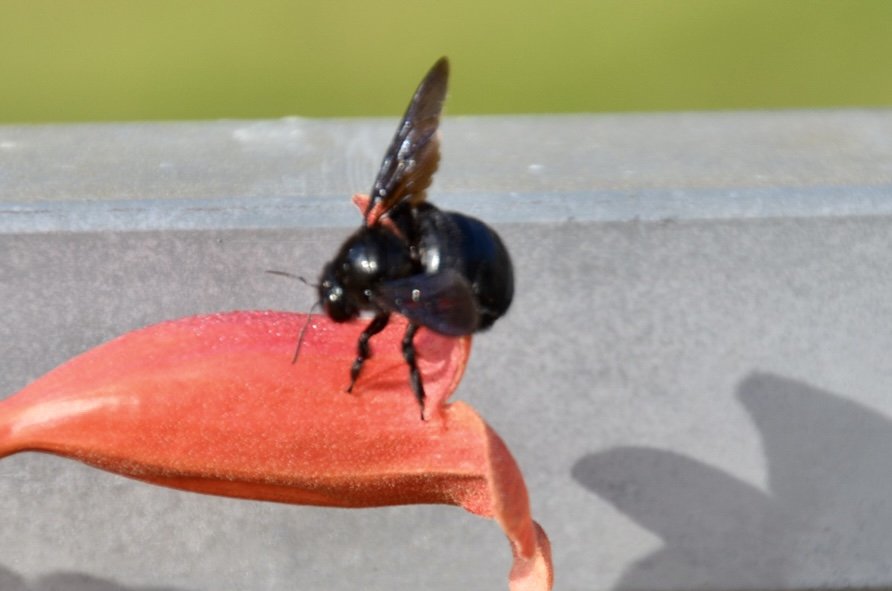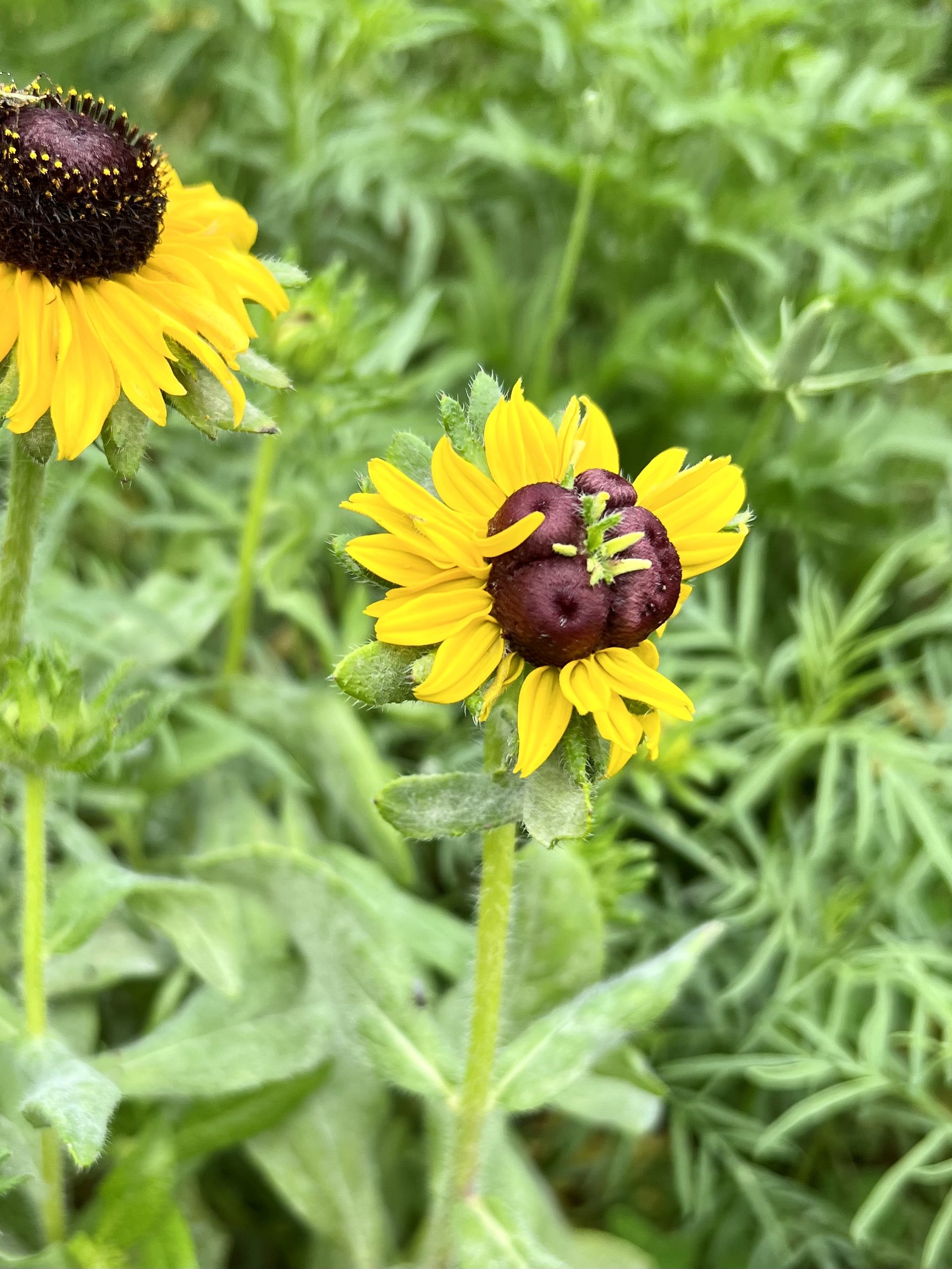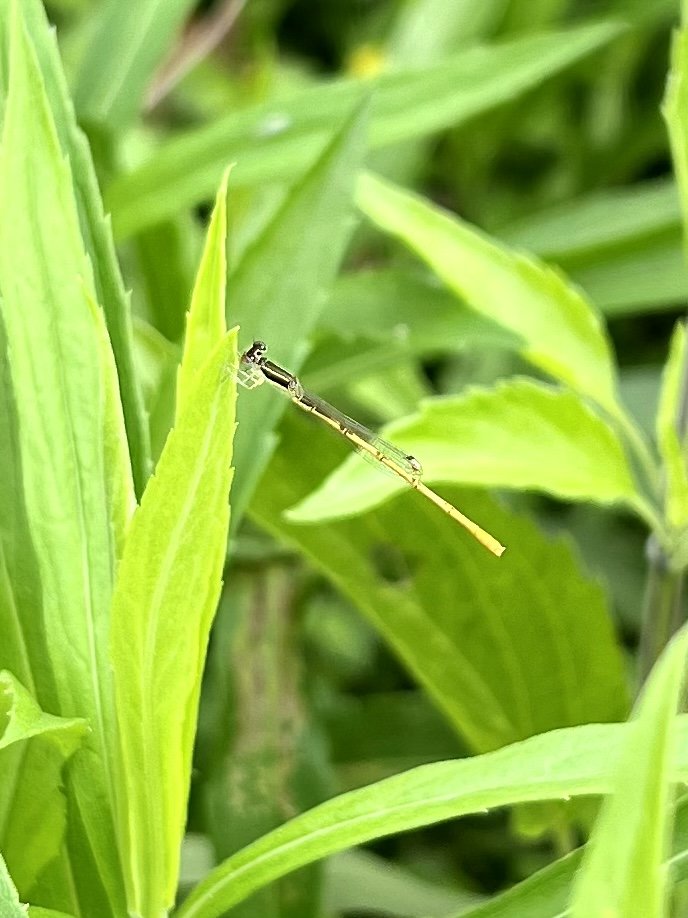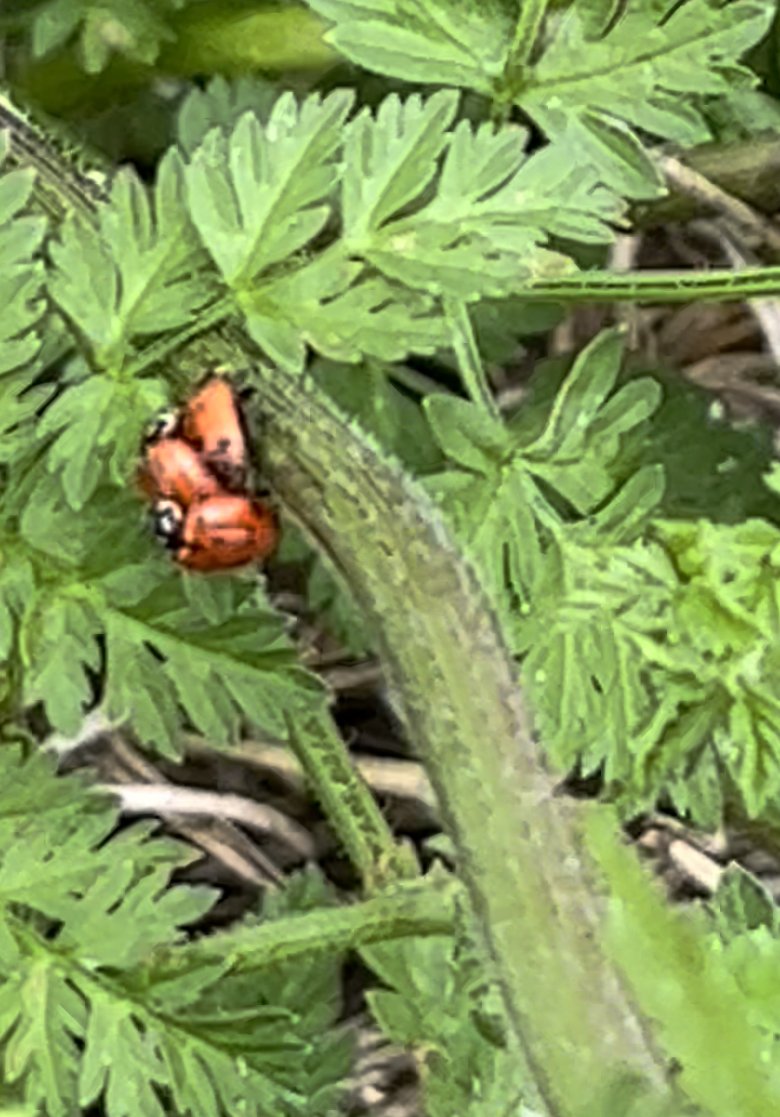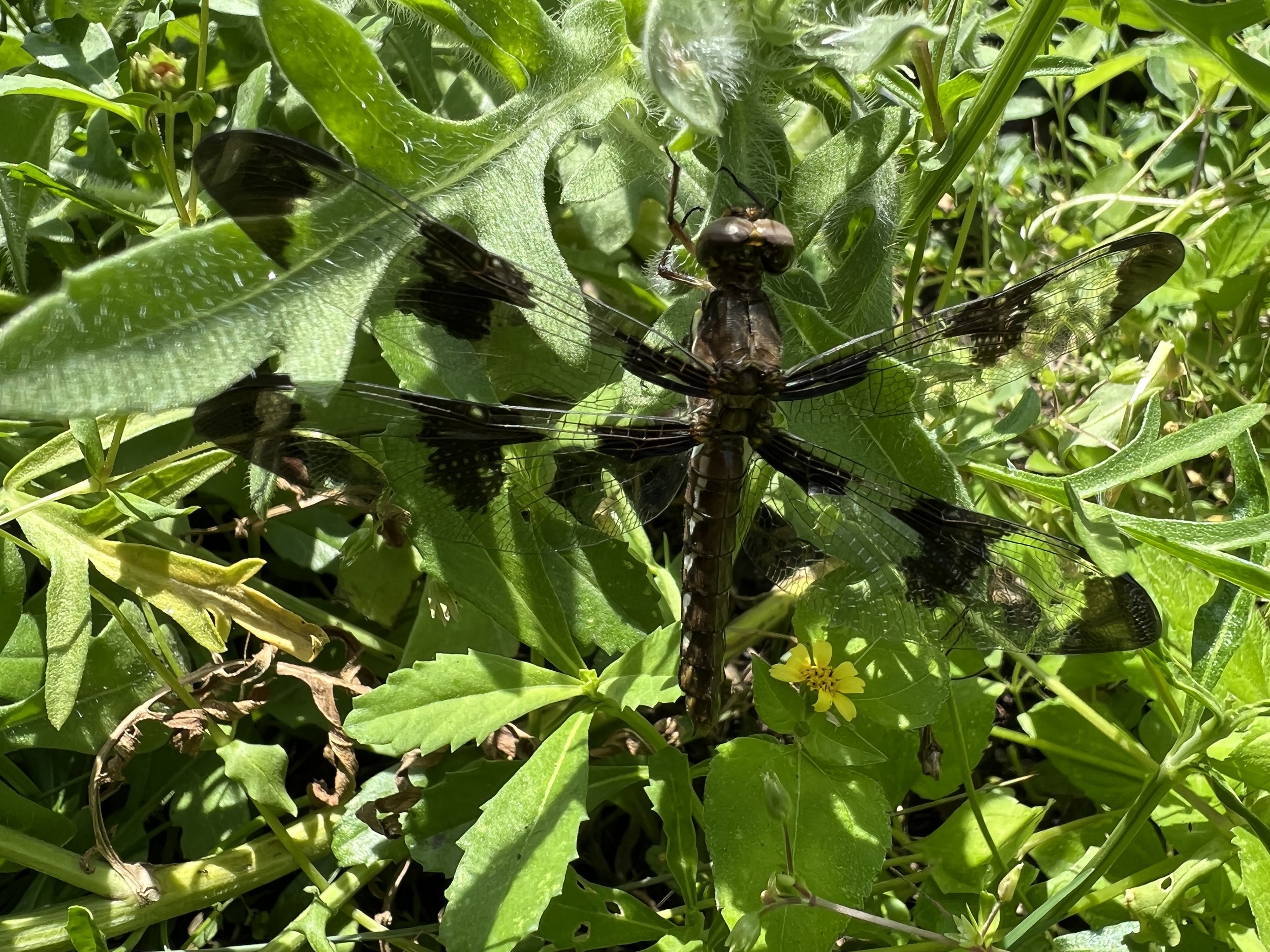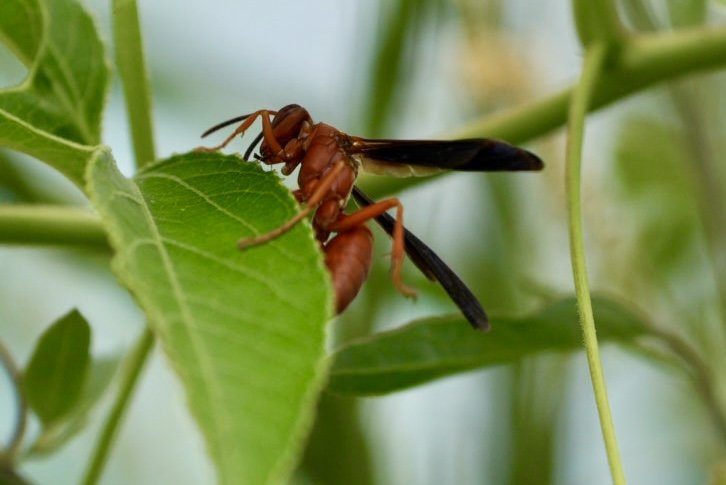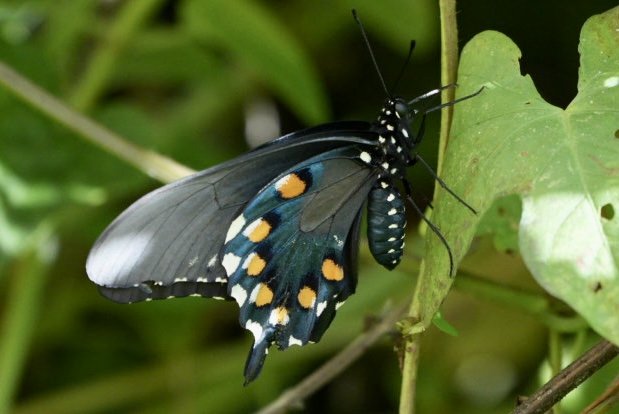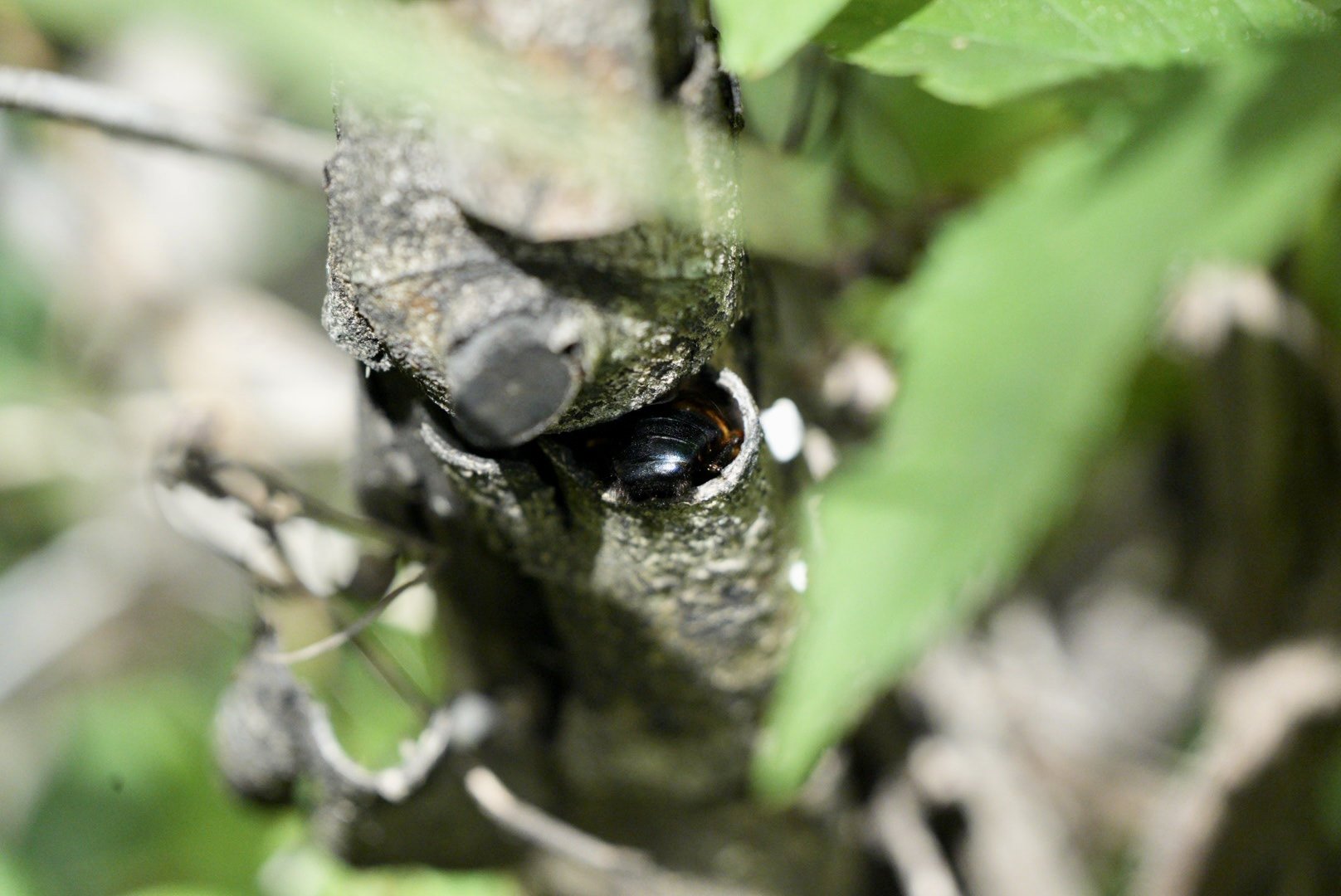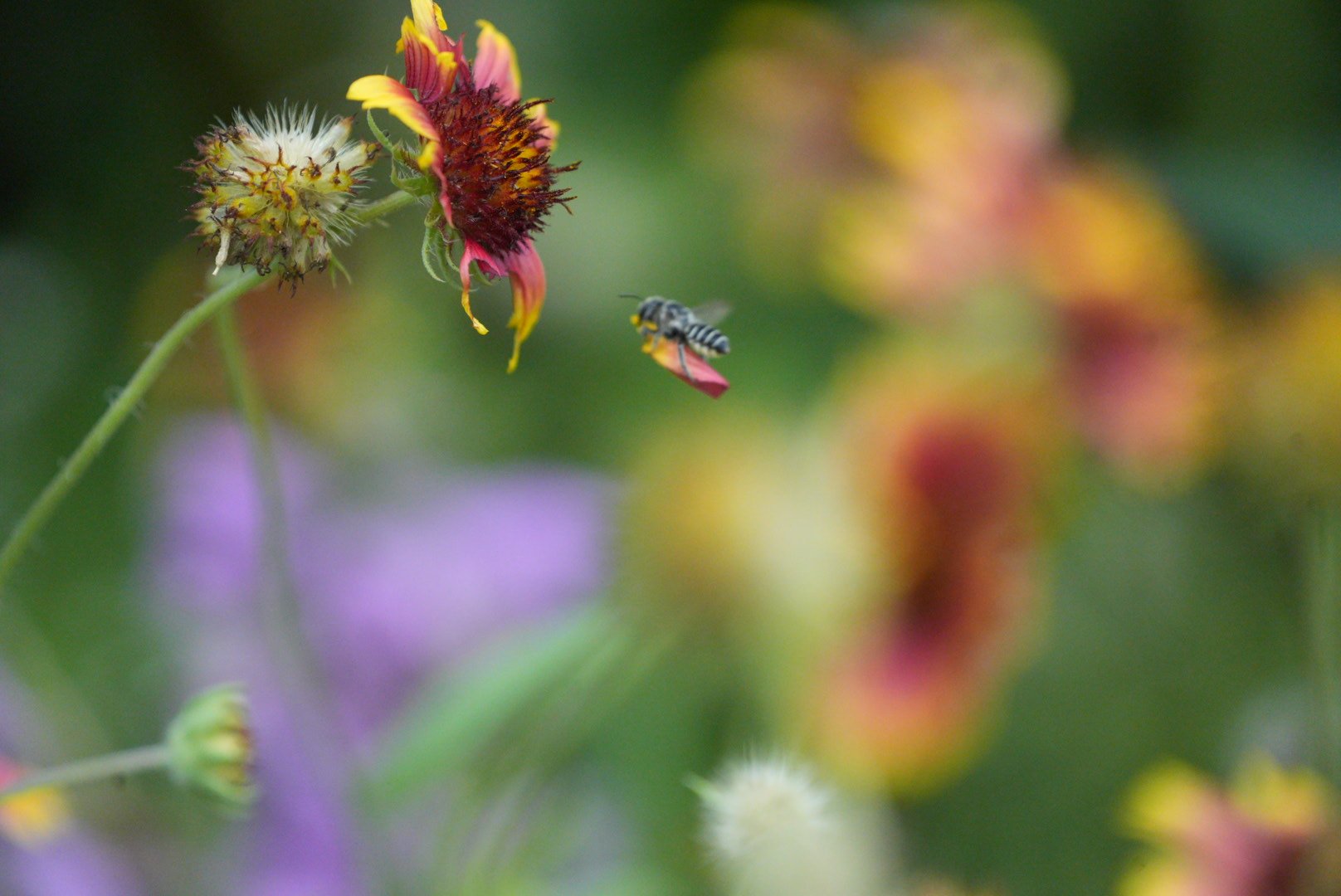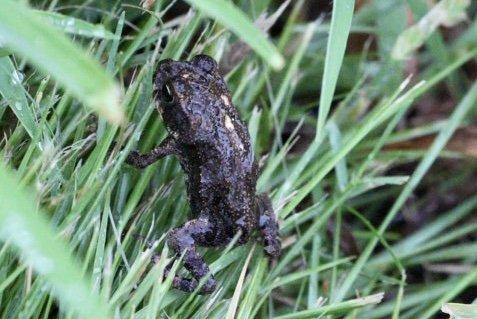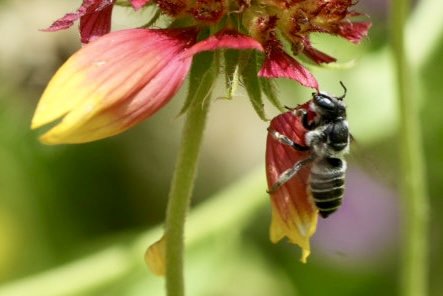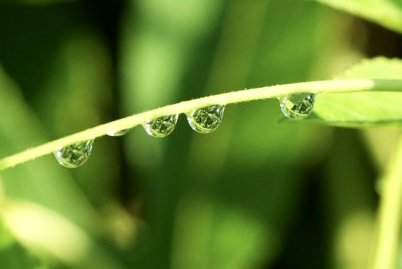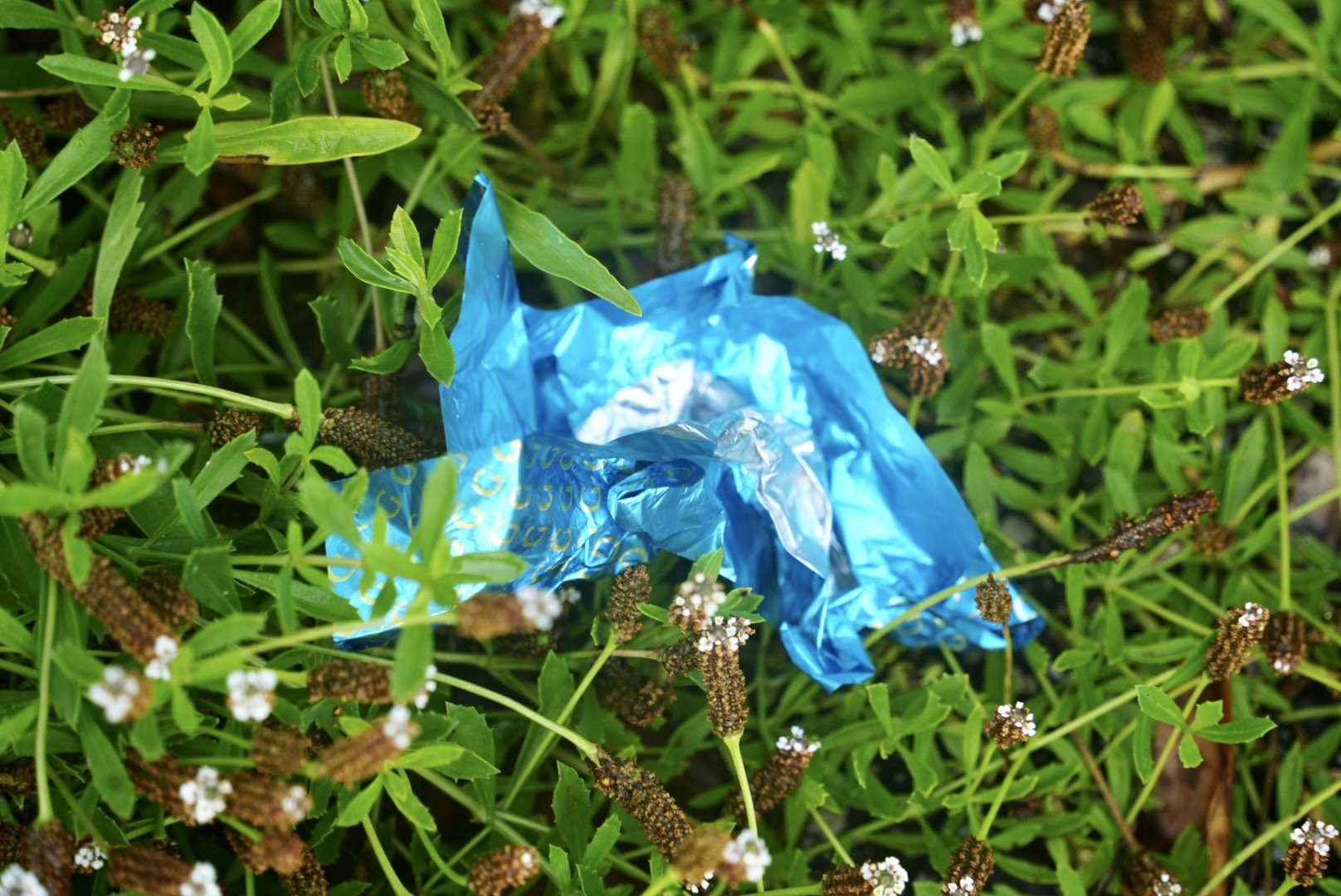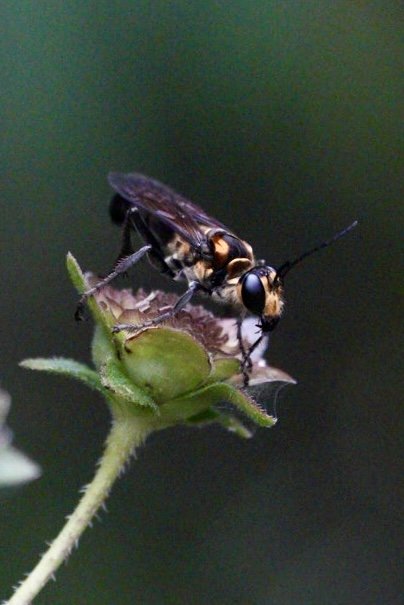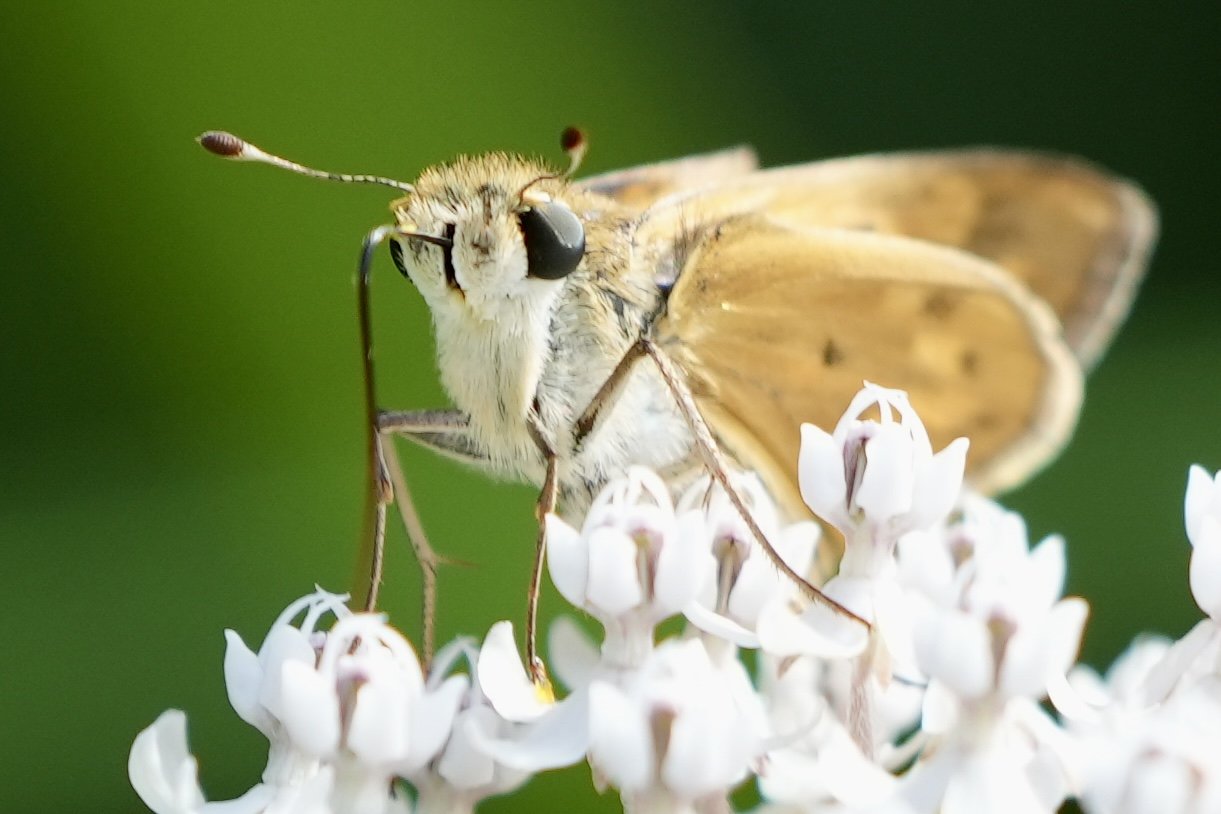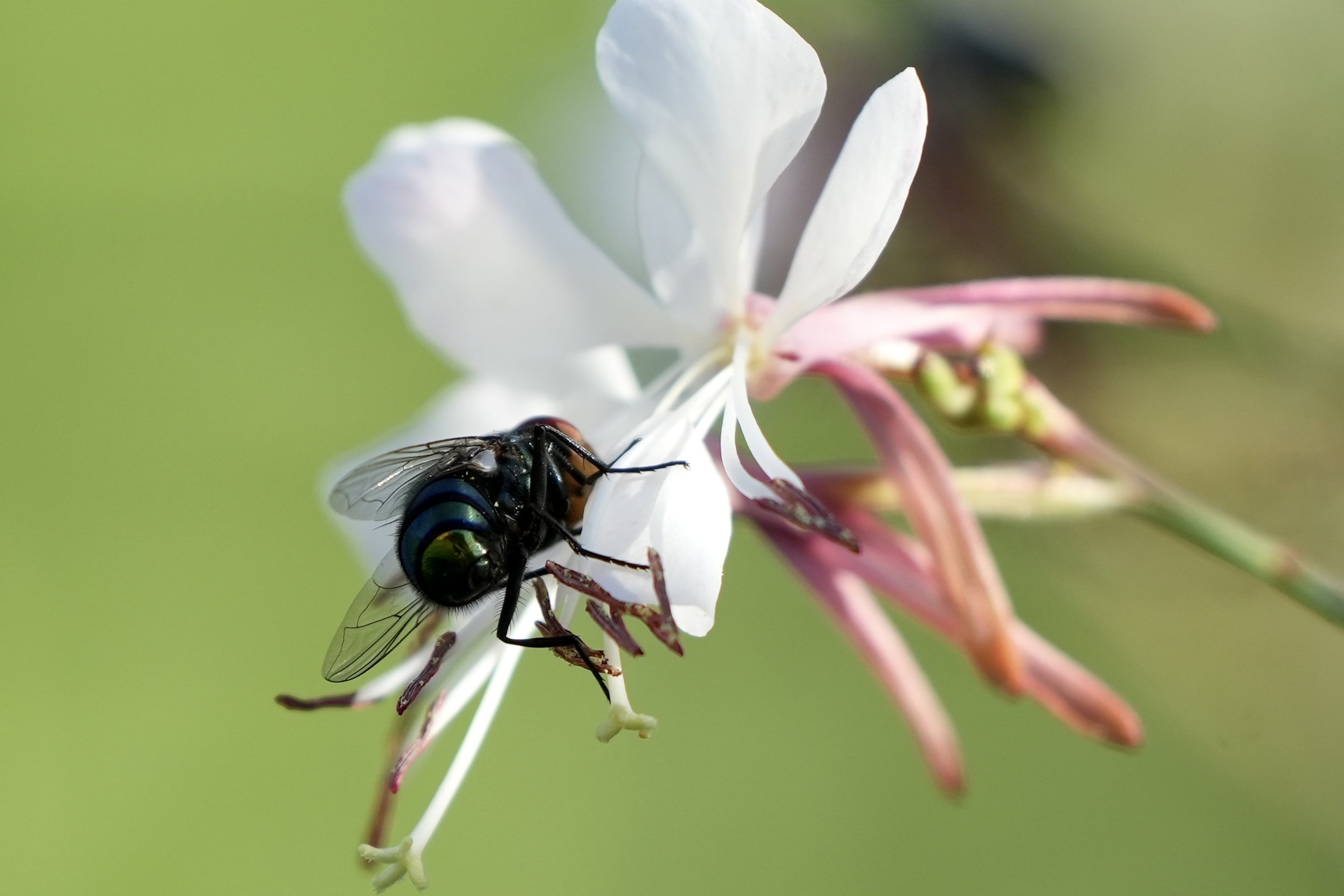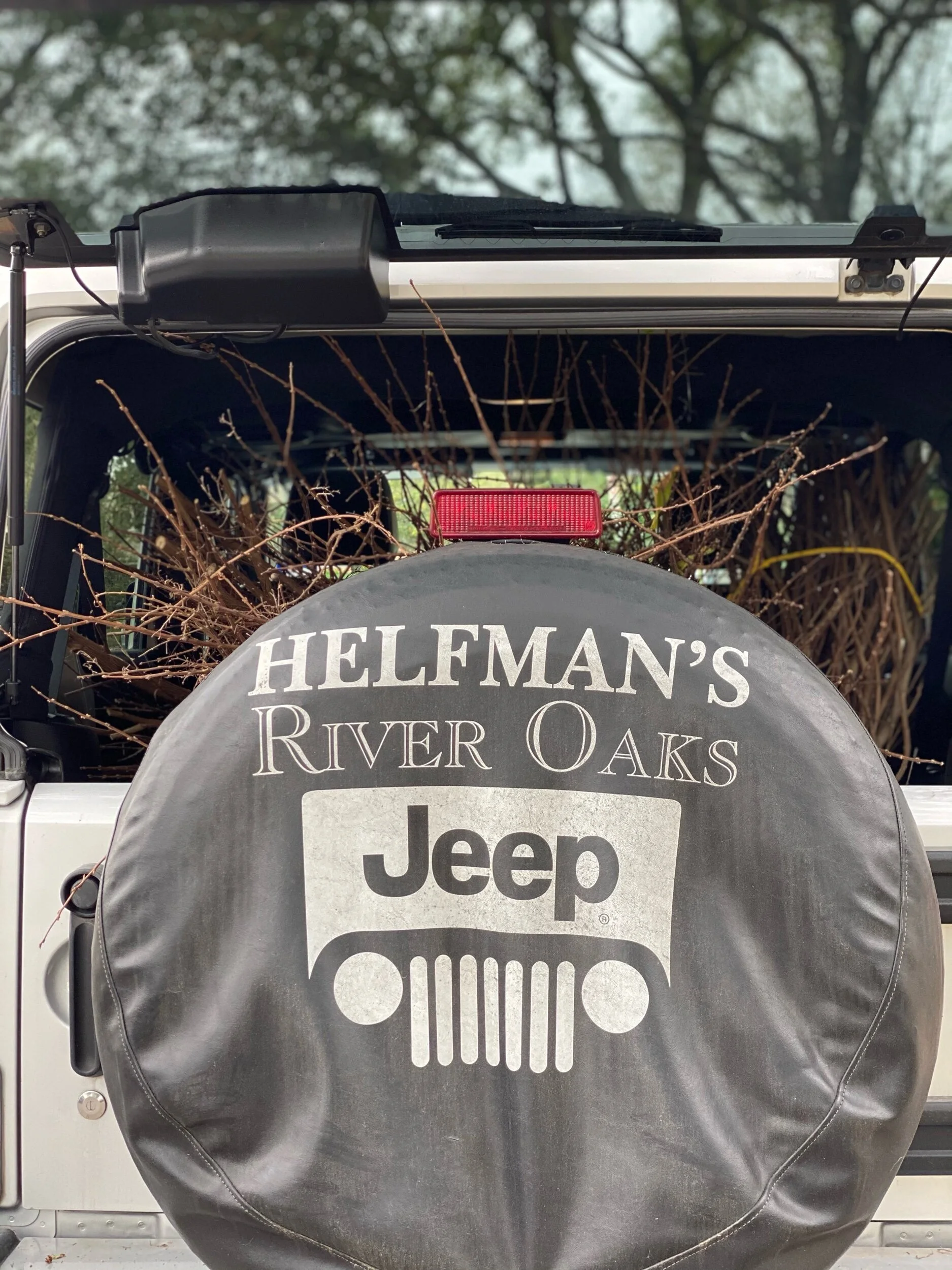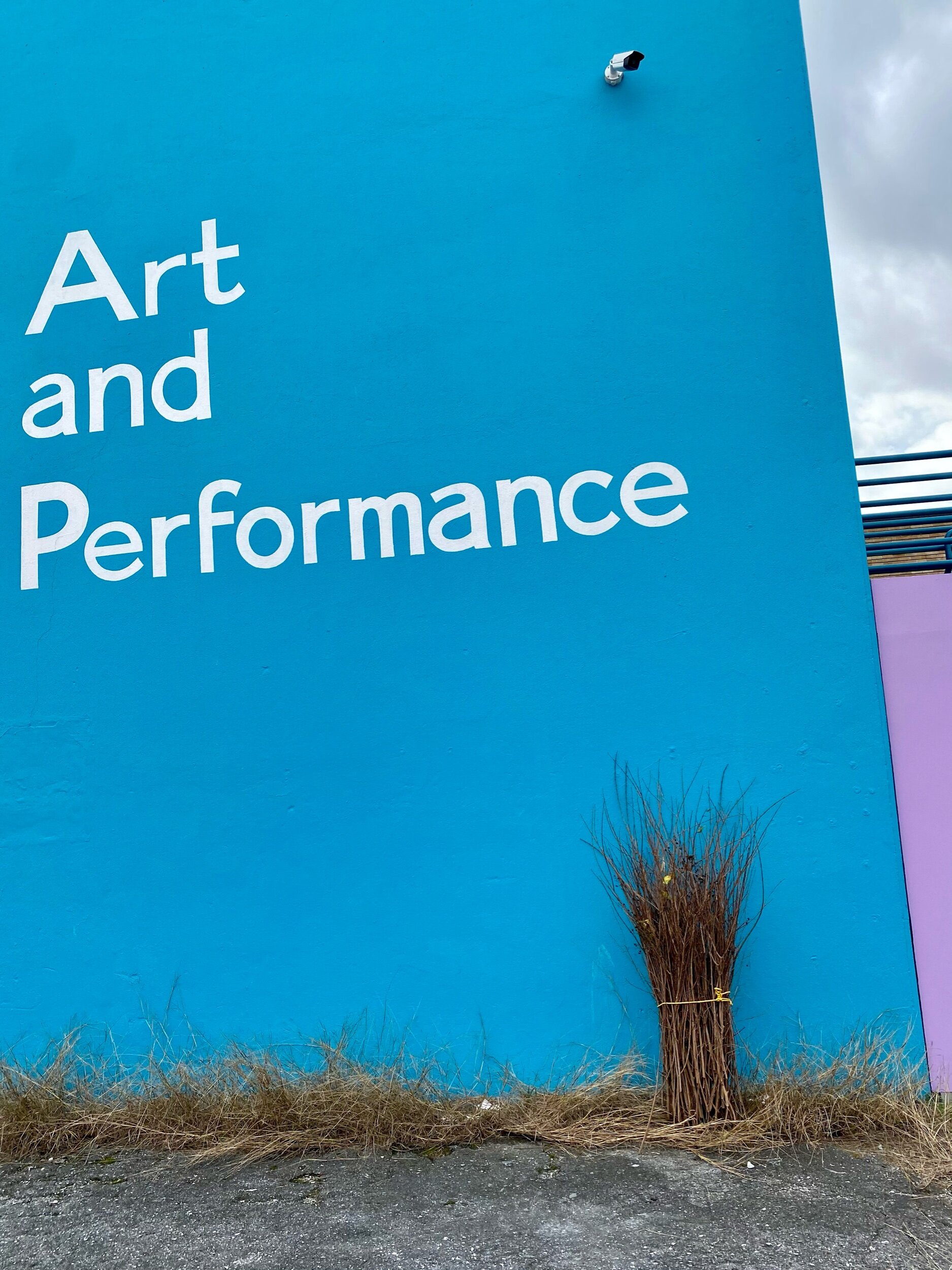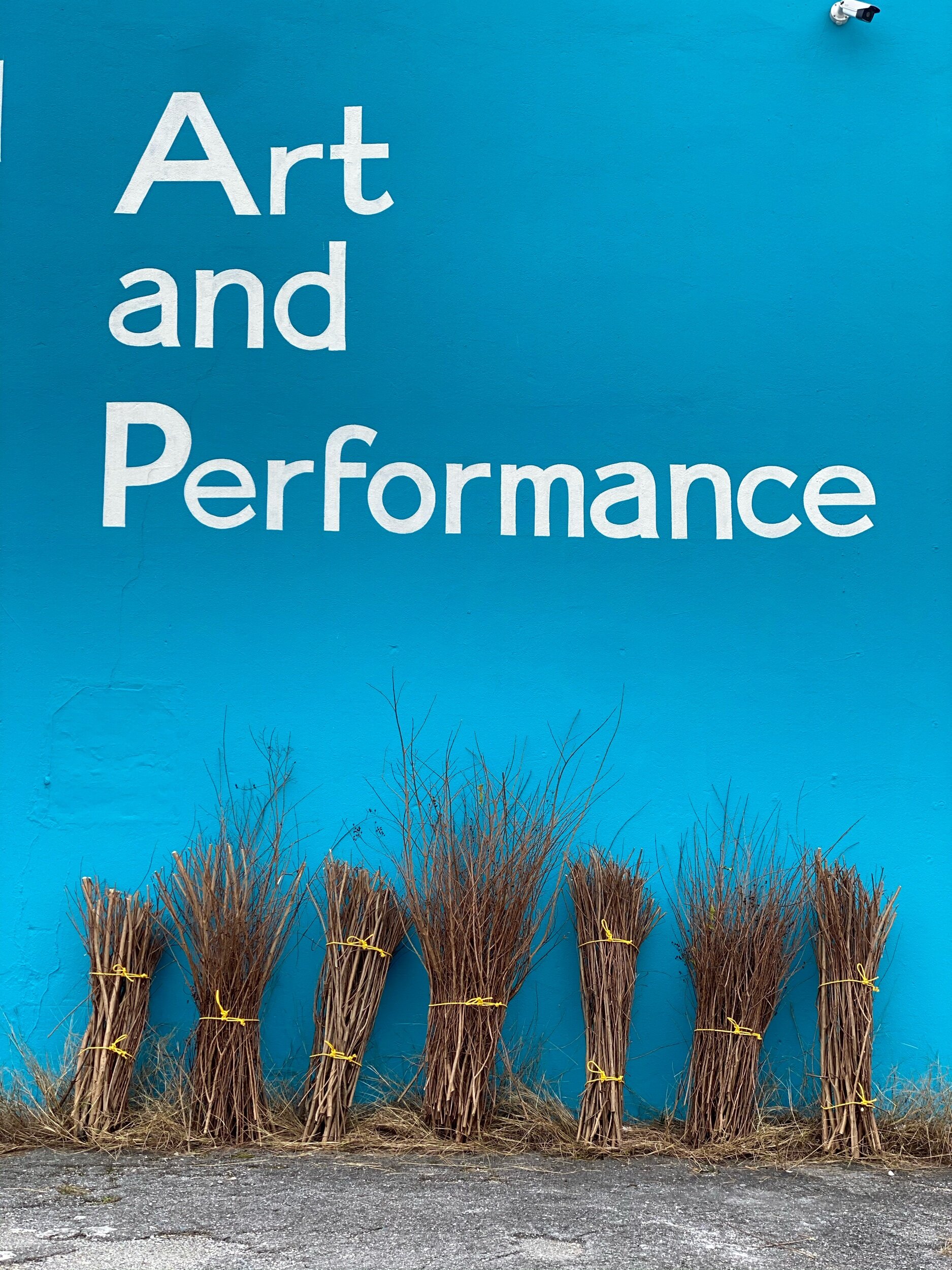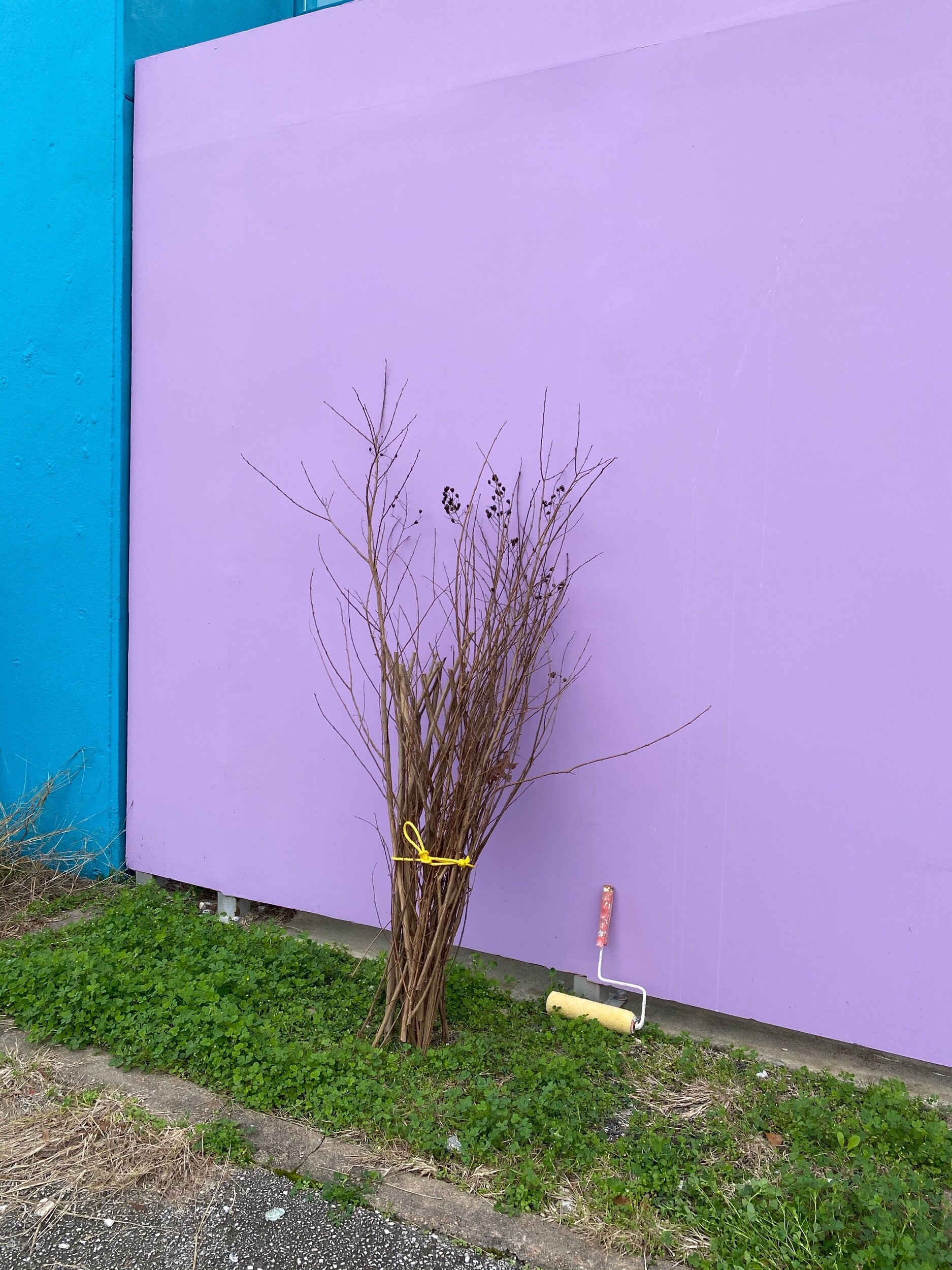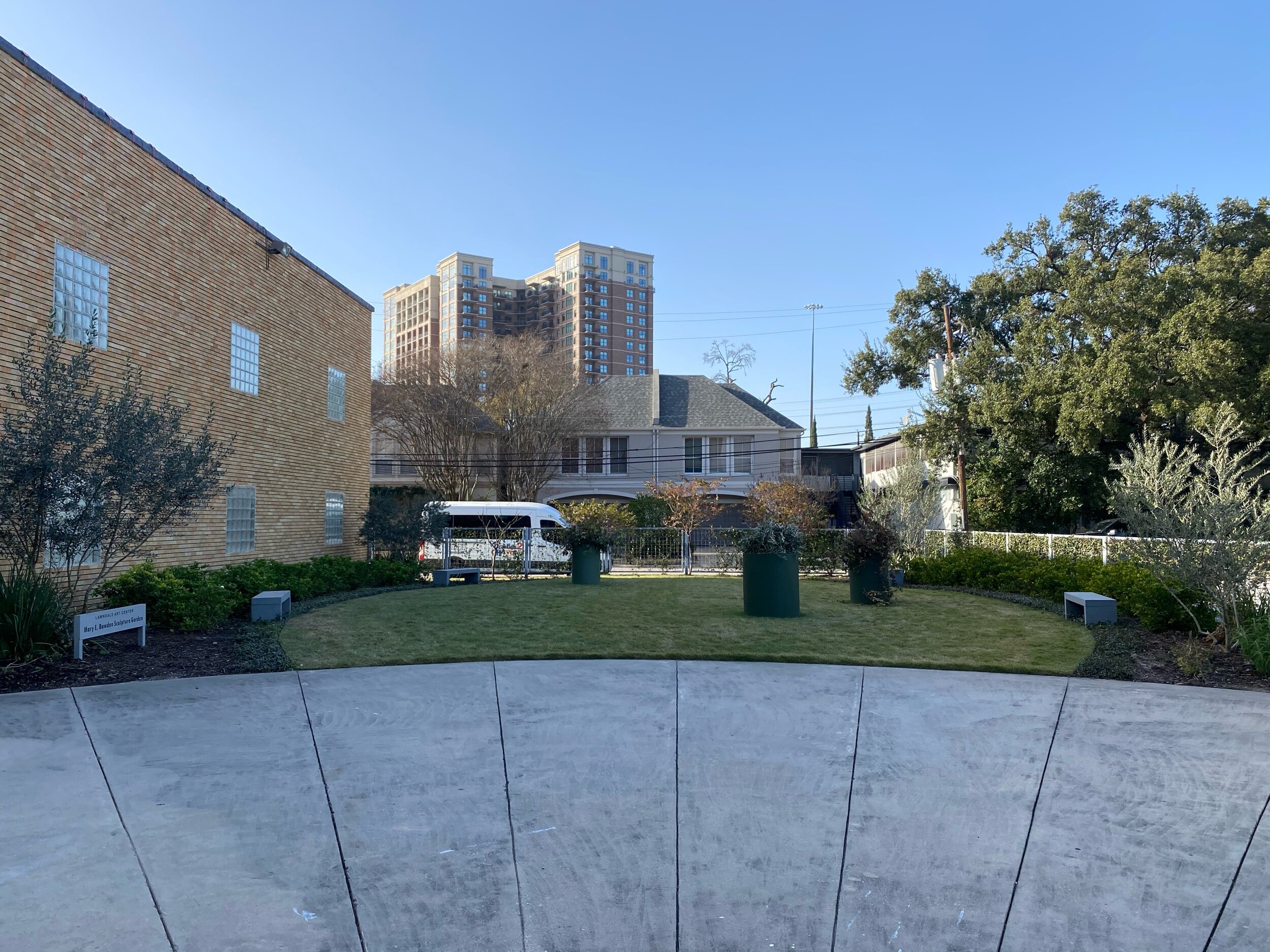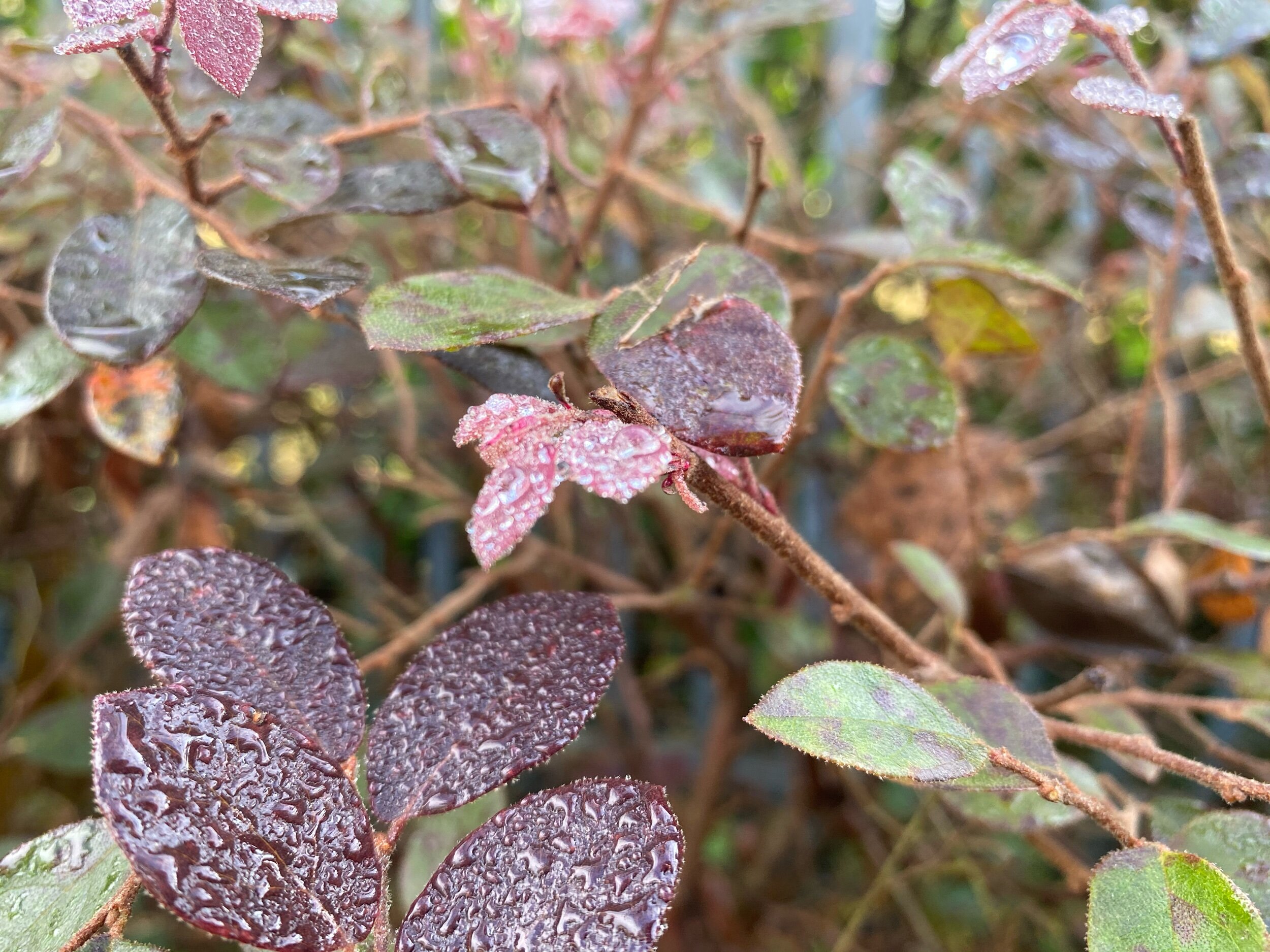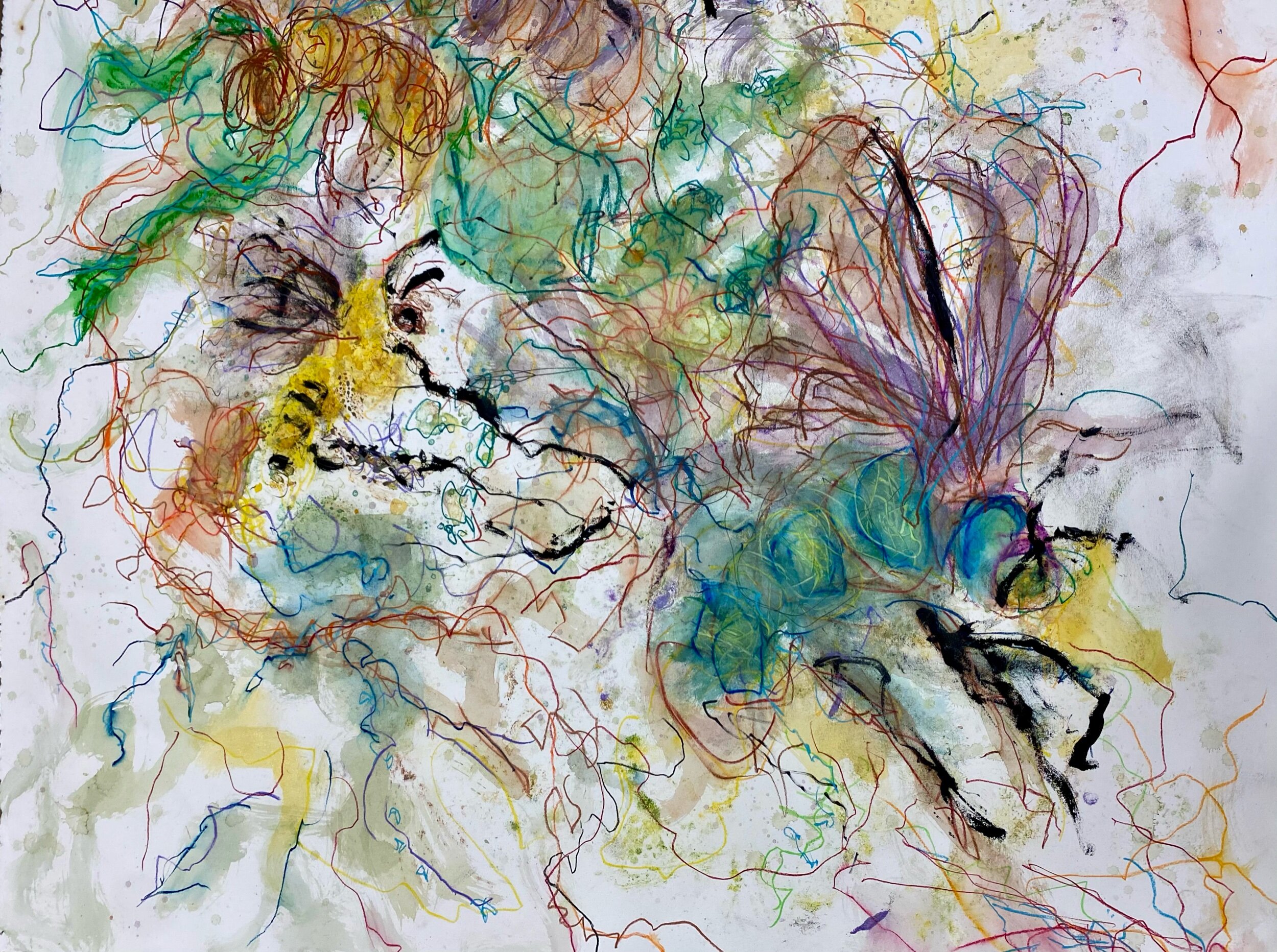Rural areas are highly impacted by the unanticipated consequences of our industrial agriculture’s dependence on chemicals that weaken bee’s immune systems. Urban bee populations can be more diverse than in rural areas. Researchers are finding in cities such as Chicago, Berlin, Berkley, and Melbourne that have reimagined their parks, neighborhoods, city centers, vacant lots, street medians, and rooftops planted with native flowers, grasses, and fruit, and vegetables support healthy, vibrant wild native bee populations.
In the US, there are four thousand native bee species. They pollinate over three hundred times more effectively than honey bees. For example, A single female Leafcutter Bee visits 100,000 plus blossoms per day whereas a honey bee visits 50-1000.
Unlike the honey bee, Native bees do not swarm, are not aggressive. Native bees are perfect for urban population centers.
Houston covers 600 square miles of land and has one of the longest growing seasons in the U.S. As it continues to sprawl across Texas, its gardens must increasingly become a refuge for native plants and animals. With 2.3 million people living in the most vital economic, cultural center of the south, we can become the most critical urban native bee habitat in the United States.
I have spent the last year and a half studying the bee situation as it pertains to my art and my interest in regenerative agriculture. I am determined to take this knowledge and save the bee in urban settings.
With Houston's land size, population, and location in the Sunbelt like it or not-we are impacting the bee population.
ADDITIONAL LINKS
If Cuba can create urban gardens to feed its poor can you imagine what we can do
Minnesota Will Pay Homeowners to Replace Lawns with Bee-Friendly Wildflowers, Clover and Native Grasses.
Prairies absorbing water
The loss of biodiversity reduces the capacity of ecosystems to provide the multiple services on which humans depend.
Why flowering meadows are better than lawns
Urban soil health: A city-wide survey of chemical and biological properties of urban agriculture soils






